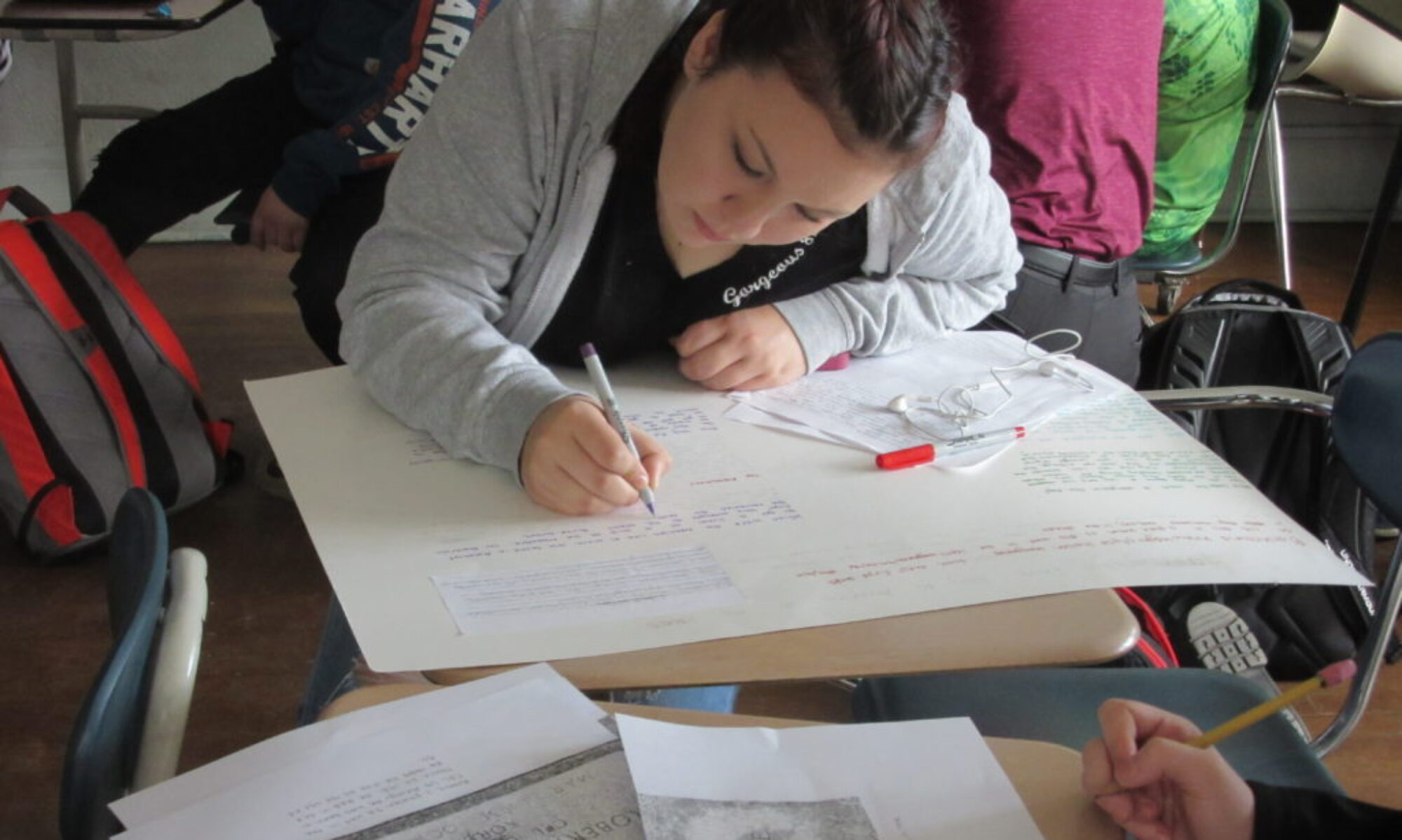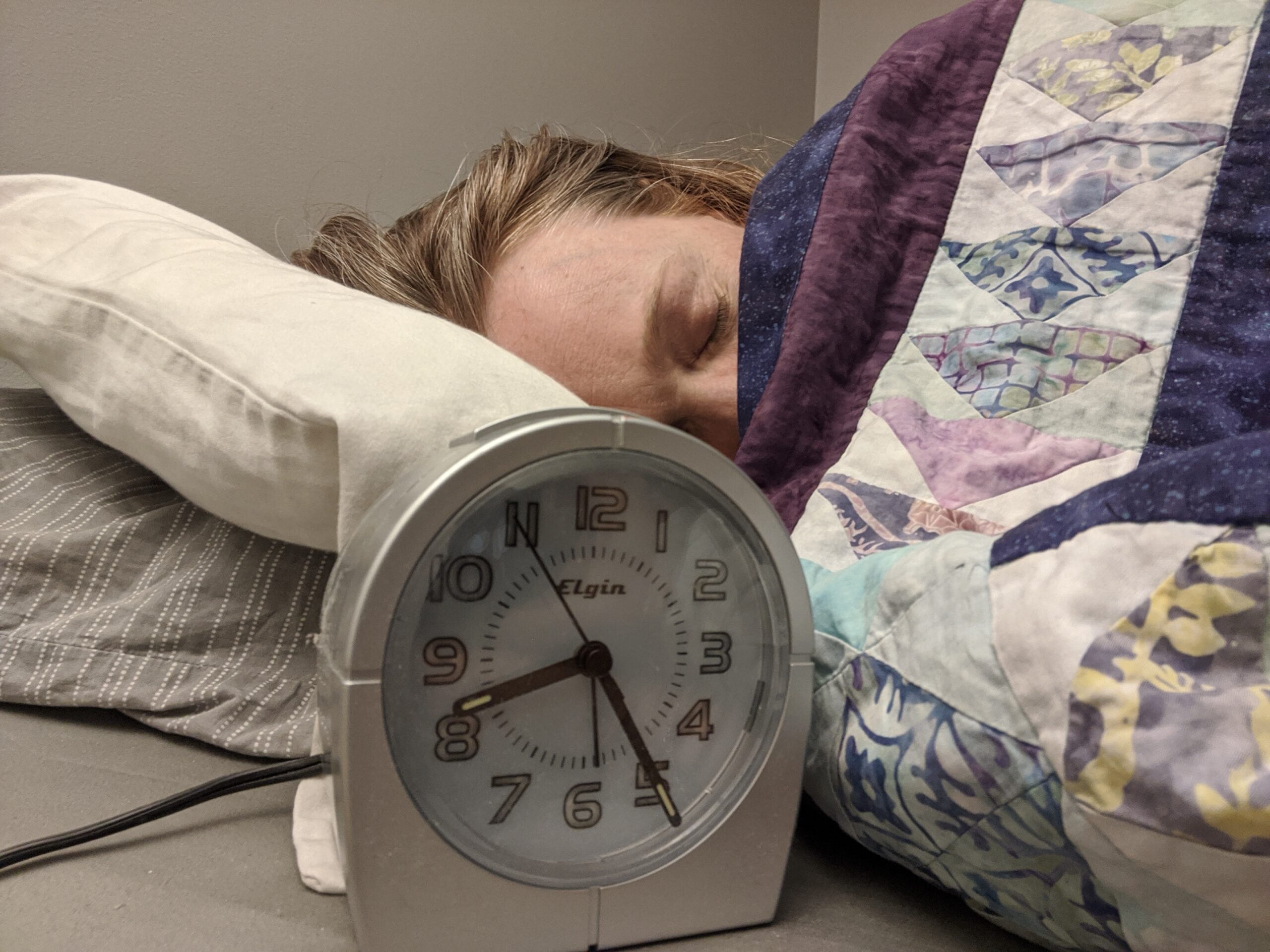For all of us teaching through a pandemic, even the self-care can feel wildly, insurmountably difficult.
Let’s do something about that.
This year, the beginning of the school year — a time that is typically filled with joy and excitement — is fraught. It’s complicated. Some of us are doing alright, others are working hard just to keep it together. Sometimes we’re doing alright one minute, and not okay the next. Then the positions reverse.
But… we’re in uncharted waters here. We’re all doing hard things. I mean, it’s hard to know the right thing to say to you right now.
Juggling a very literally brave new world
This week I’ve been trapped in the cycle too. Feeling like ‘I’ve got this!’ one moment, then later collapsing in a puddle from the overwhelm and the exhaustion.
It’s a lot.
Luckily I have friends and strategies. And while neither “fix” my feelings or solve the world’s problems (though I do have some amazing friends), both help me navigate and find my balance again.
So in case you are in need of navigation help or rebalancing, here are a few things that have brought me some solace. Maybe they’ll work for you too.
“Settle the ball.”
Sometimes there are so many things on my mental to-do list that I’m exhausted just thinking about it. And I spend an incredible amount of energy keeping track of all of those things in my brain.
Which I why I was so excited to hear Brene Brown talk about “settling the ball” on her podcast Unlocking Us. She describes the frenzy of watching kids play soccer; when they wildly kick at the ball while it’s still in the air.
And she suggests that right now, responding to life this way: by wildly swatting at everything that comes at us.
But what if instead, we gained control of this pandemic ball by settling it? By grounding it. And then by *choosing* how to respond rather than just reacting. Having watched my share of kids soccer games, this resonates.
For me, settling the ball looks like me sitting down with my notebook making a list of all the to-do’s and loose ends filling my brain. The things I’m carrying. Once I’ve put them down (on the paper at least), I can step back, prioritize, plan. I’m slowly making this a daily habit. It’s helping bring some order to the chaos of our current reality.
What might it look like for you to settle your metaphorical ball?
Big rocks of self-care
A few years back there was an urban myth about a professor demonstrating priorities by putting rocks, pebbles, and sand in a jar. The big idea was that if you fill the jar with sand first (the little things) then you wouldn’t have room for the big rocks (the important things).
While oversimplified, the message holds: we need to prioritize the big rocks.
When it comes to self-care, my big rocks are sleep, movement, and food.
Self-care isn’t always yoga and journaling (although it totally can be!). Sometimes self-care comes in a more boring form. But it’s so important. So if I’m feeling wobbly, that means I may need a snack, a walk, and/or an early bedtime (or even a nap).
You already know the one about putting your own oxygen mask on first. Figuring out your big rocks helps you do this.
Stop. Sit. Look out the windows and feel your breath in your lungs. Feel the way your body knows how to push it out again. Now, what are your big rocks?
Make it smaller
Last month we wrote a post with our best back-to-school advice, and I’m sticking with what I said. Some of the best feedback I’ve heard is: “How can you make it smaller?”
We need to embrace the “less is more” philosophy and just do less. Do less, but do it better. And do better by doing less.
For the same reasons that many of us err on the “inch wide, mile deep” approach to curriculum, honing our focus and priorities can serve us well in this very moment.
We can’t do it all. We never could, even though we’ve never stopped trying. But let’s just stop. Stop trying to do it all. Even if the ‘all’ is already pared-down. Pare it down again. Make it smaller. Sift it out to a handful of big rocks.
Let the rest go.
A powerful side effect of this form of pandemic self-care is that our students may benefit from this smaller, focused agenda. An engaging project that we all care about, a good book to share, and some rich math and problem-solving discussions. Oh yeah, and some connection time. It can be enough for this moment.
Connect
This brings us to the last, and perhaps the most important part: we need to keep making time for connection. All of us humans, teachers and students, are floating around in this sea of uncertainty and weirdness, together. Distanced. We need each other. And we need time to ourselves.
Occasionally even if I’ve had enough sleep, snacks, and settled my metaphorical ball, I’m still not okay. This may mean I need to connect. Reach out and phone a friend.
Sometimes we just need someone to listen to us. To let us unload, complain even. Sometimes that’s all we need. Being witnessed.
And sometimes we’re looking for that nugget of wisdom, some advice to help us take our next step.
This week I’ve been lucky to be both the initiator and receiver of these calls. I helped a friend settle her ball, and another friend put her foot firmly on my ball and pointed to the goal. It was just what I needed. Who is on your phone (text/email/Zoom) a friend list?
Pandemic teaching self-care
So pandemic teaching self-care might look like making time to pause and get it together, or it might be sweet or salty snack. It might be a supportive conversation with a friend or and connecting with students about life, about how it’s going. Creating space to be human together.
At school, advisory might be a big rock. What else? What are the other big rocks for you and your students?
However we go, we’re going to get there. We’re going to get through this weird time and hopefully come out on the other side with a little more clarity about what is important and how to take better care – of ourselves and each other.
So let’s go, gently and with grace.


